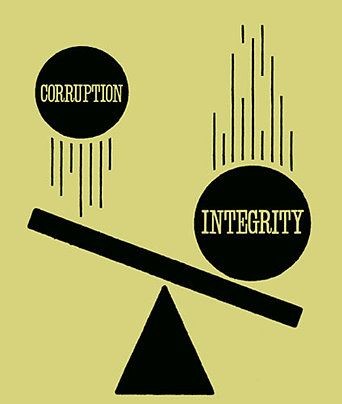


 Source: The Global Anticorruption Blog
Source: The Global Anticorruption Blog
Author: Richard Messick
For corruption fighters, public procurement is notable for two reasons. One, it is damnably complex. Two, it is often permeated with corrupt deals. The latter makes it a critical target of anticorruption policy, the former a tough nut to crack. The thicket of laws, regulations, standard bidding documents, and practices that govern procurement means civil society groups advocating counter corruption measures are often at sea. Lacking expertise on this bewildering set of rules, they can do little more than campaign in general terms for reform, urging steps like “greater transparency” or “tougher penalties” for corrupt activities.
But as anyone knows who has tried to persuade a government of uncertain will and commitment to adopt effective anticorruption policies, the devil is in the details. Unless one has mastered the details of public procurement, a government can do all sorts of things to “improve transparency” or “crack down on procurement scofflaws” that are nothing but public relations gambits. So it is a pleasure to report that civil society organizations in Armenia, Azerbaijan, Belarus, Georgia, Moldova, and Ukraine have joined to form the Transparent Public Procurement Rating Project, which provides a way for staff to master the details of the public procurement and to thus be able to present detailed proposals for rooting corruption out of their nation’s public procurement systems.
Led by Georgia’s Institute for Development of Freedom of Information and with support from the Open Society Foundations’ Eurasia Program (for whom I consult on another project), one NGO in each of the six countries rigorously scrutinizes the country’s public procurement law and regulations using 64 indicators to gauge the law’s:
1. uniformity
2. efficiency
3. transparency
4. provisions for accountability and integrity
5. competitiveness and compatibility
One point is allotted to each indicator with fractional points used where necessary for provision. There is, for example, an indicator assessing the existence of a bid protest system, an important element in curbing procurement corruption. A country scores zero if there is no right, a .25 if only bidders can protest, a .75 if bidders and would-be bidders can protest, and a one if the general public can also protest.
Aggregating and standardizing the scores on a 1 – 100 scale allows comparisons across the six countries. On the seven indicators used to assay accountability and integrity, the country scores are:
It is of course one thing to have a law in place that contains accountability and integrity provisions, it is another to see that the provisions are implemented. Thus the legal evaluation is followed by an assessment of how well the law is being implemented. The two exercises together develop or deepen the NGO’s expertise on public procurement and create an authoritative voice for reform. In Armenia, for example, civil society advanced 36 recommendations for improving the procurement process, including most notably requiring the disclosure of the beneficial ownership of firms bidding on public contracts. All but a handful have either been adopted or are in the process of being adopted. Armenia’s low score on the accountability and integrity reported above will surely skyrocket when the next evaluation of its procurement law is conducted.
If I were to venture sone recommendations, I would suggest three. First, the authors should include a cross-walk in their methodology paper clarifying which of the 64 indicators are used to construct the different benchmarks or key characteristics of the procurement system. Second, I would urge they consider expanding the number of indicators to include preventive measures. One would be whether companies doing business with the government are required to have an anticorruption compliance program. A second would be whether contractors and bidders are required, as the World Bank requires, that they agree to be audited as a condition of bidding or holding a contract. A third recommendation would be to add more indicators on contract management. While there are few already, this is an area where much, some say the lion’s share, of corruption occurs.
But these are quibbles with what is already a model for how civil society organizations can become a leader in fighting corruption in public procurement. TPPR project leaders hope to expand the network of participating NGOs to other countries in the region. It would be a shame if that were the extent of hte expansion. Combating corruption in many countries, not just those in Eastern and Central Europe, will require civil society organizations to not only get serious about pushing their government to reform procurement regimes but to master the technical expertise necessary to advocate detailed reforms and ensure they are implemented. The Transparent Public Procurement Rating Project shows the way for realizing these objectives.
Richard E. Messick consults for international organizations, development agencies, and non-governmental organizations on legal development and anticorruption issues. As an attorney in the United States he advised political parties, office holders, corporations.